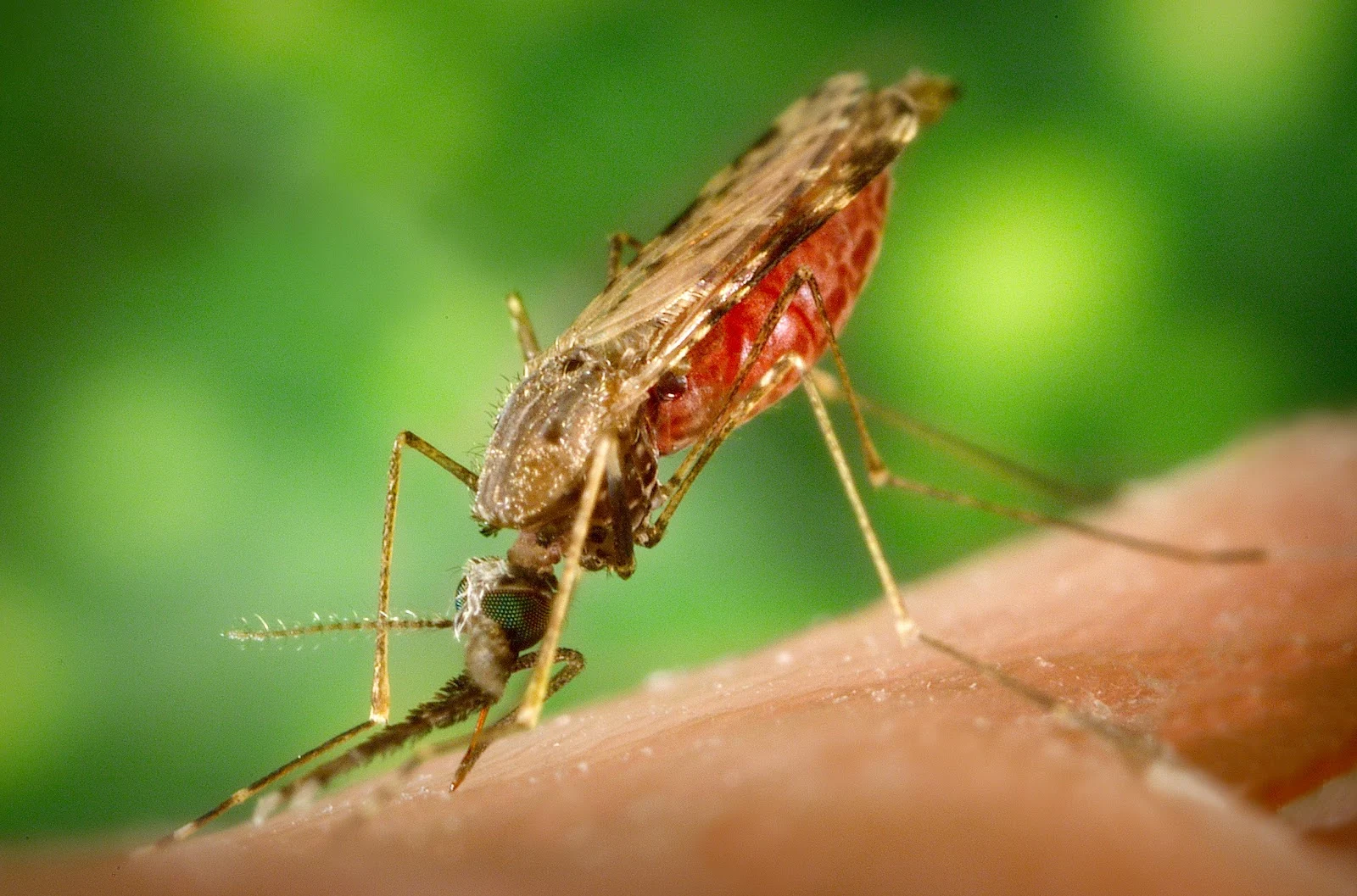Fossil plankton from half a billion years ago. These tiny algae measure much less than a millimetre in size. They evolved their colonial structure to avoid being eaten by early animals.
Credit: THP Harvey

Algae-like fossils show colonial arrangement"
A scientist at the University of Leicester, UK, has discovered a new type of fossil, that lived half a billion years ago in the Cambrian Era. It resembles an algae but shows evidence of the beginnings of colonial existence as groups of cells joined together to form larger masses.
It was part of the Cambrian biota which evolved at a time of increasing competition between predatory and prey species, after multicellular life had evolved motility and the ability to hunt and consume other life forms, so exterminating the Ediacaran biota that preceded it.
Evolving the ability to group together into larger masses could have happened because doing so made it harder for a predator to consume the algae-like organisms.
In their obsessive search for something to discredit the Theory of Evolution, creationists often abandon one or more of their basic dogmas, confident that their target dupes won't realise they don’t have a coherent set of ideas with which to counter the vast body of science that established the TOE beyond a shadow of doubt.
This cavalier approach to truth also demonstrates the truism that there is no truth agenda in creationism; it’s all about recruiting more people into the cult in the childish belief that a fantasy becomes more and more true, as more and more people are fooled into believing it - a childish way of seeking safety in numbers.
A classic example of this is the absurd claim that the so-called 'Cambrian Explosion', which actually lasted several million years, was a literal explosion of life forms that arose overnight without ancestors. They believe this shows the work or a creator and simultaneously refutes the idea of common origins and the evolution of multicellular life from single-celled organisms.
And of course, it abandons the notion of a 10,000-year-old Earth and the mythical account in Genesis of how and when life on Earth was created, in which there is no mention of the Cambrian biota or anything resembling it.
First, a little background to the era in which these newly-discovered organisms lived:


























